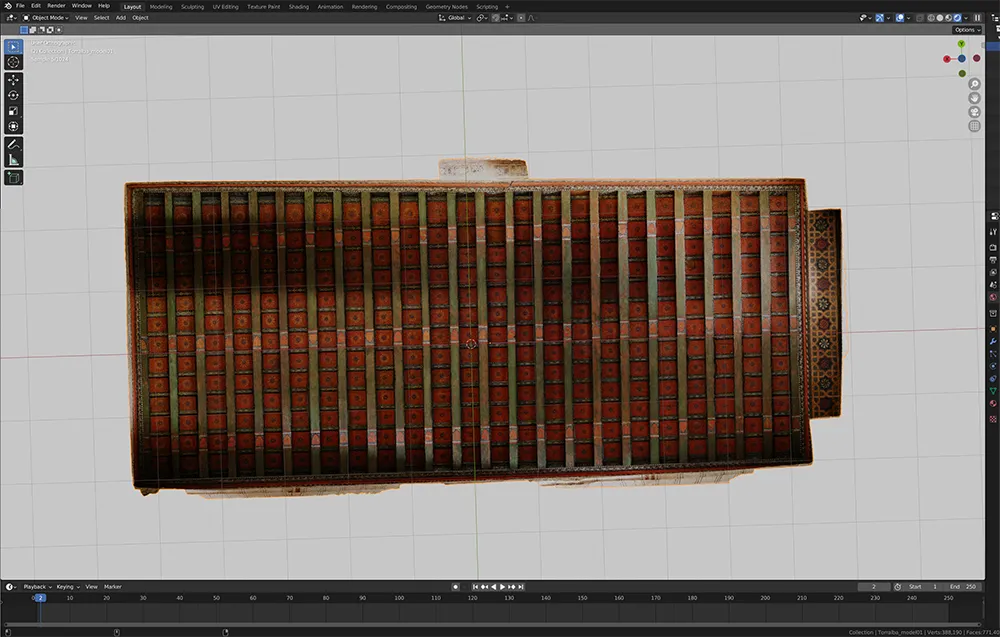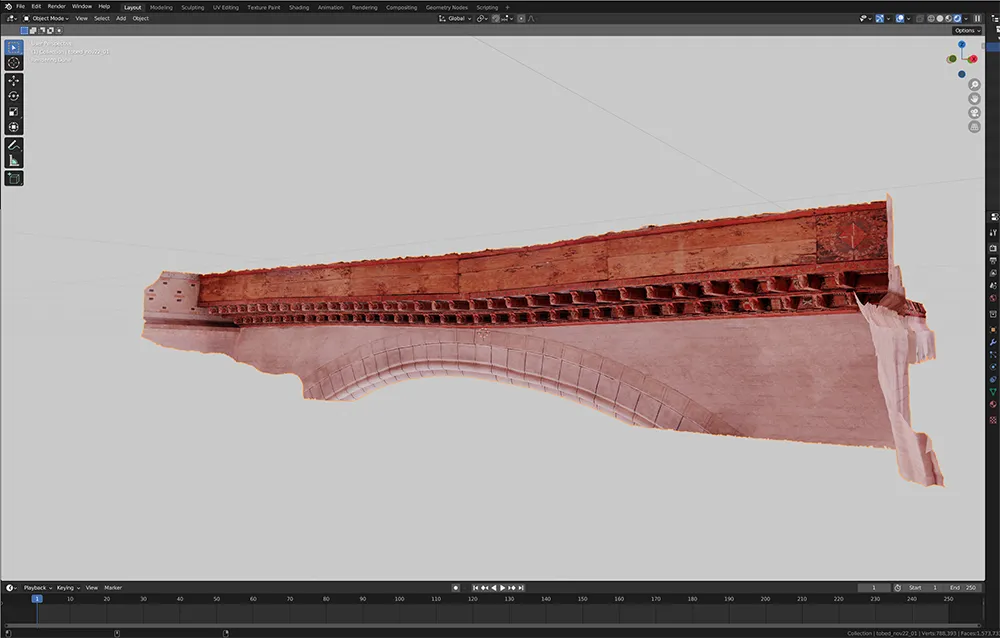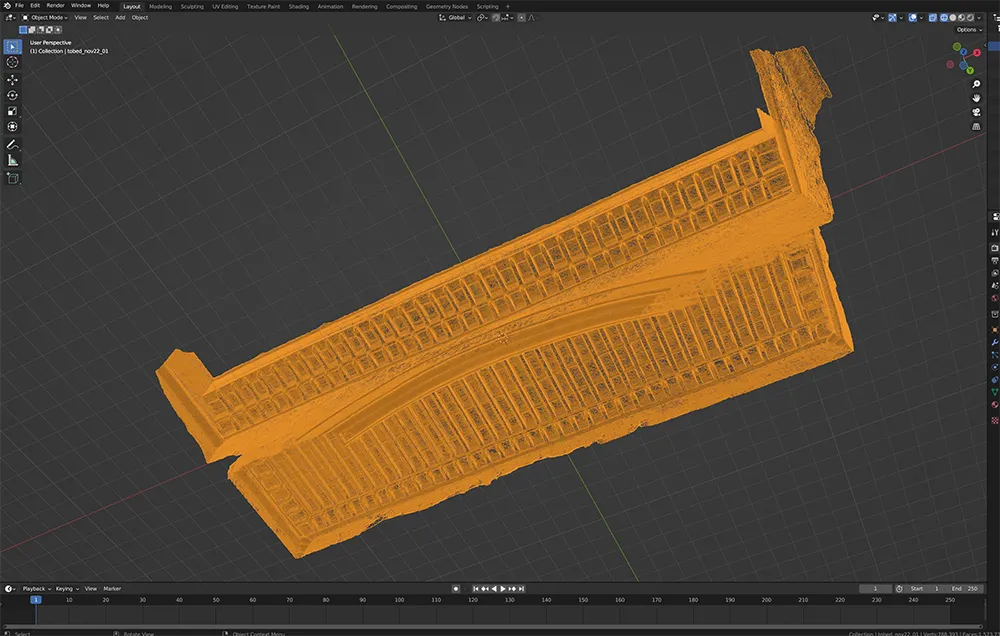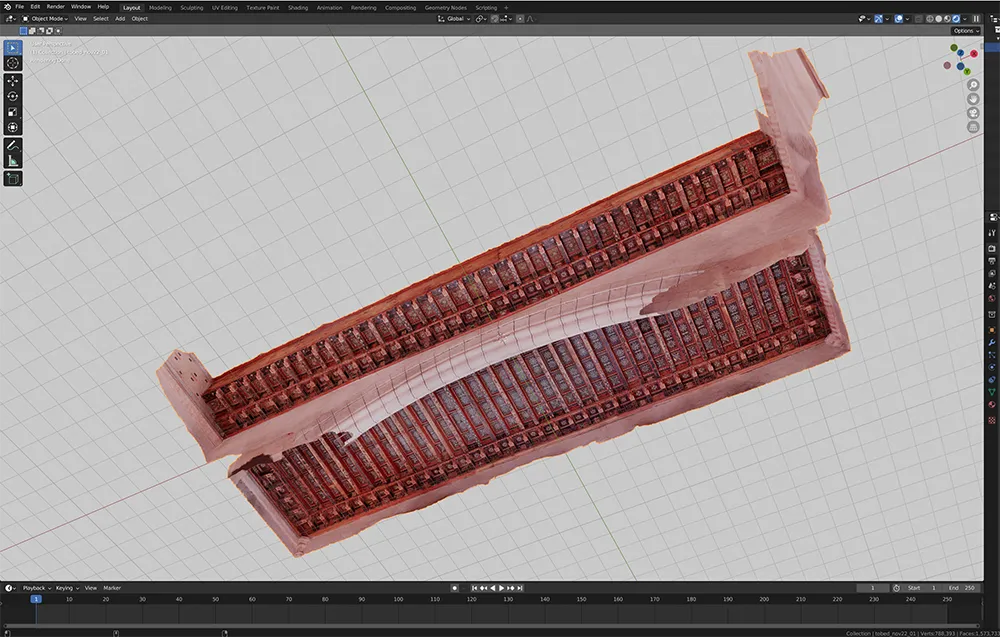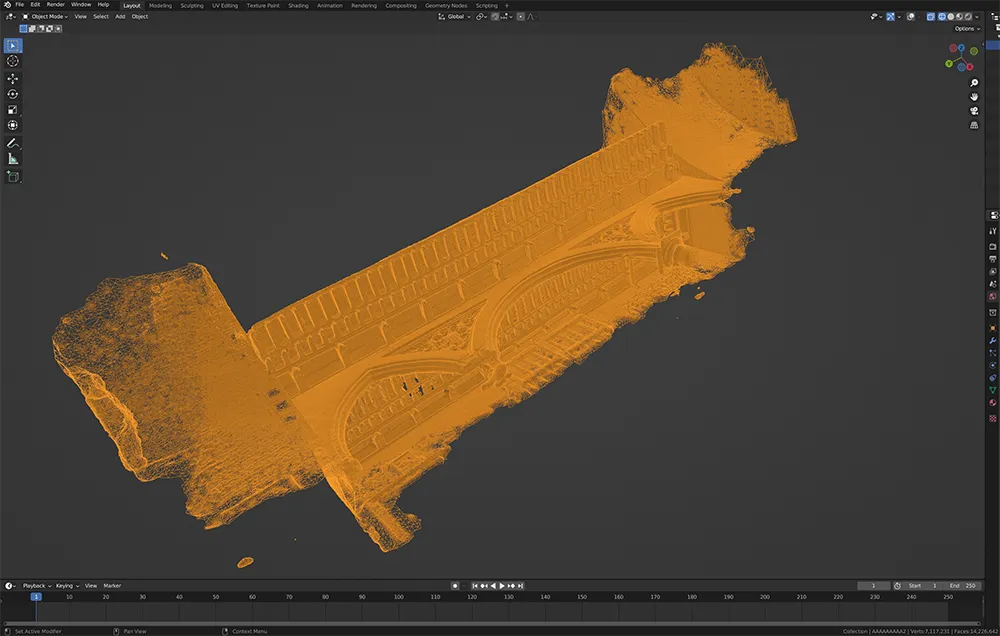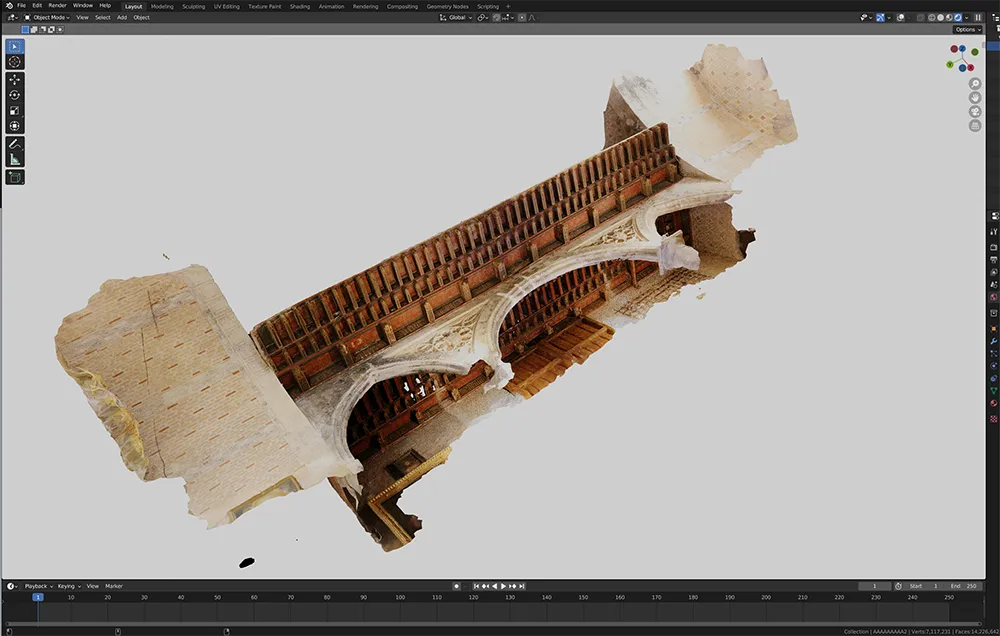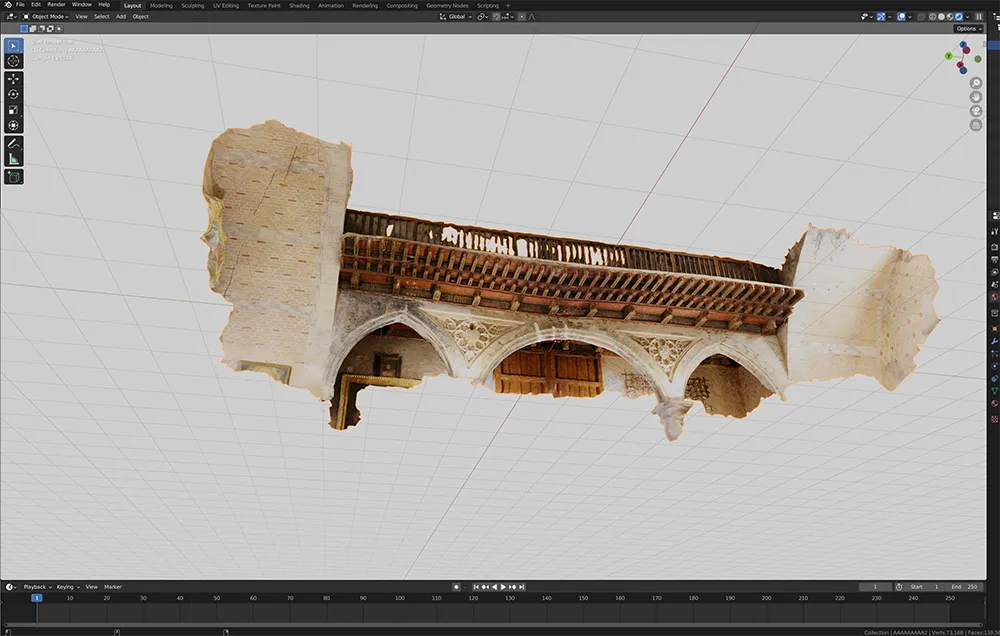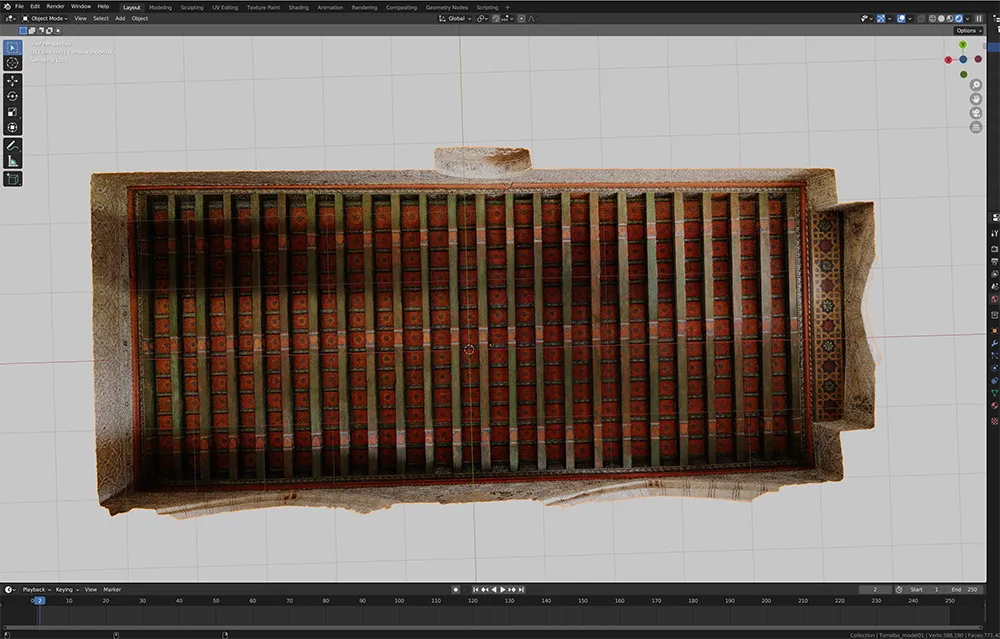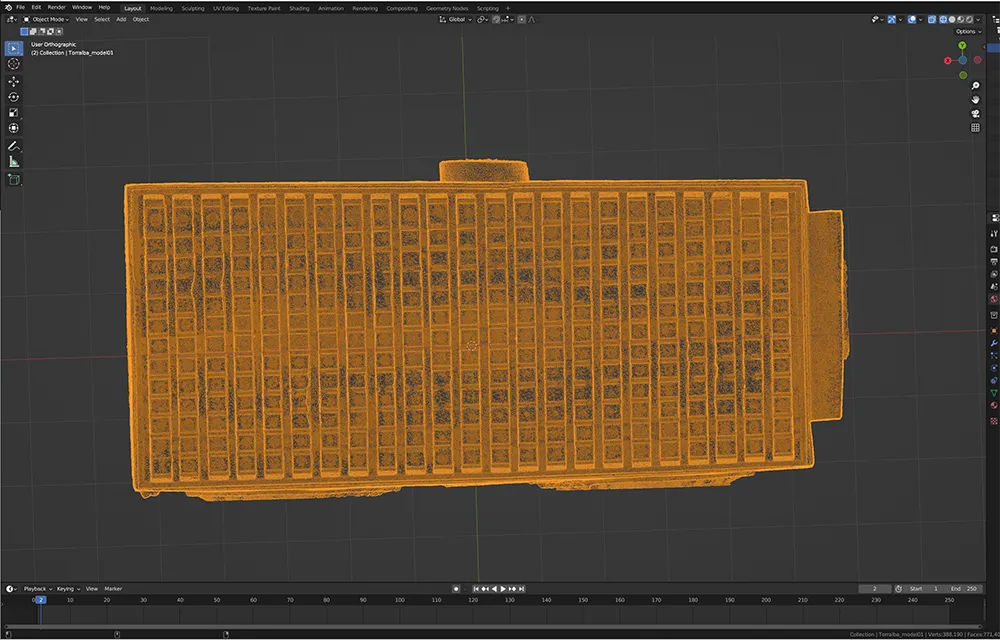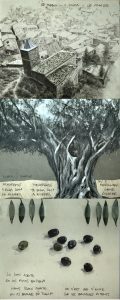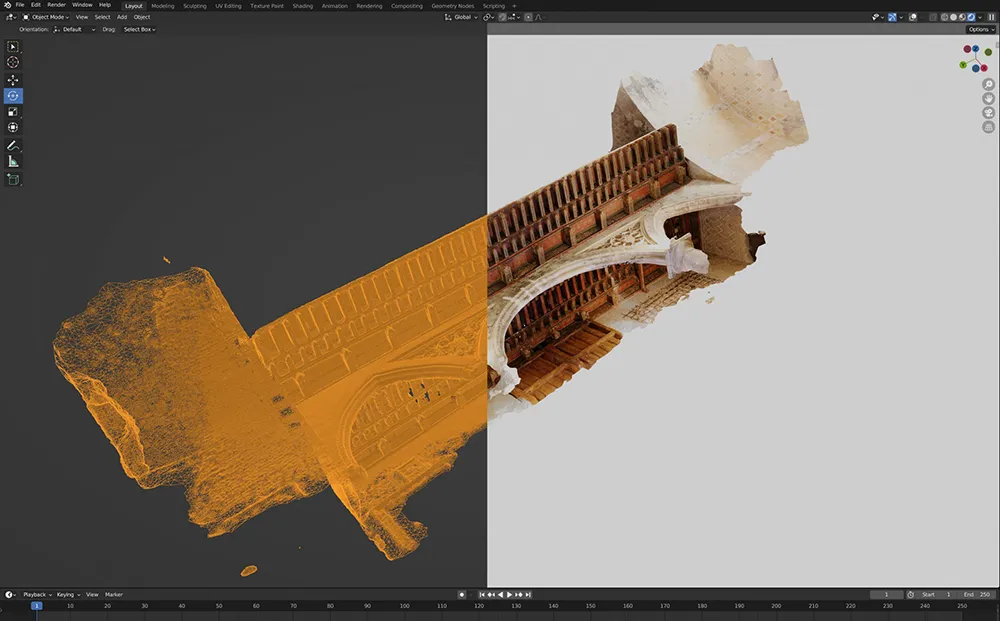
Mudejar Smart 3D. Digitalisation strategy for Mudéjar territory
The project has worked on the drafting of a digitalisation strategy for Territorio Mudéjar that is adapted to the specific circumstances of the territory and its heritage.
The European Commission has recommended that Member States accelerate the digitisation of monuments, cultural heritage sites, objects and artefacts in order to protect and preserve them for future generations. It also seeks to boost their re-use in areas such as education, sustainable tourism and the creative cultural sectors. To this end, member states are encouraged to digitise as many monuments as possible by 2030.
This data should be included in the new version of the Commission Recommendation revising the Recommendation issued on 27 October 2011 on the digitisation and online accessibility of cultural material and digital preservation, which has served as the basis for the study of the digitisation strategy of Territorio Mudéjar.
While awaiting new recommendations and directives, Territorio Mudéjar has launched its strategy to address the challenges of smart digitisation of heritage. Some of these challenges include the acquisition of 3D virtual models, the relationship between geometric and cultural-historical description of heritage objects, the organisation of digital objects with appropriate metadata, the presentation and display of 3D objects for non-specialised users, the development of attractive 3D content, the creation of open repositories, and the use of 3D printing technologies.
Territorio Mudéjar seeks with this stay to follow the principles of the UNESCO Digital Heritage Conservation Charter, recognising that digital archives require specific production, maintenance and management to preserve them. These digital resources have a lasting value and constitute a heritage that must be protected and preserved for present and future generations. Therefore, it is considered essential to create a specific strategy for the digitisation, conservation, reuse and efficient management of digital heritage in the localities of Territorio Mudéjar, based on principles of sustainable management, cultural and heritage awareness, and international scope.
The strategy is based on 4 pillars that are applied to all the projects carried out in Territorio Mudéjar and whose piloting has been carried out with the digitisation by means of convergent photogrammetry and bringing the alfarjes of the churches of Cervera de la Cañada, Torralba de Ribota and Tobed online.
Pillar I: Maintenance and updating of the strategy: The strategy will be reviewed and updated annually to adapt to European recommendations and new technologies. A committee of experts will be set up to carry out this task.
Pillar II: Reuse and creation of interoperable archives: Standards have been established to ensure that all digitisations are interoperable and can be reused for other purposes. The recommendations and quality criteria set out in the strategy will be followed.
Pillar III: Harmonising metadata and making it available online: The Linked Open Data system promoted by Europeana has been adopted to publish structured data and link related resources. A balance is sought between the rights of creators and public access to digital heritage.
Pillar IV: Communication and dissemination: It is considered important to digitise all phases of the process, not only for quality and traceability, but also to facilitate communication and transfer of the work done.
LINE OF RESEARCH: New perspectives on Mudejar art. Management.
AUTHOR: Gianluca Vita, Marco Lucchini
